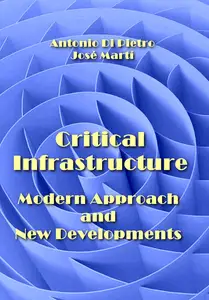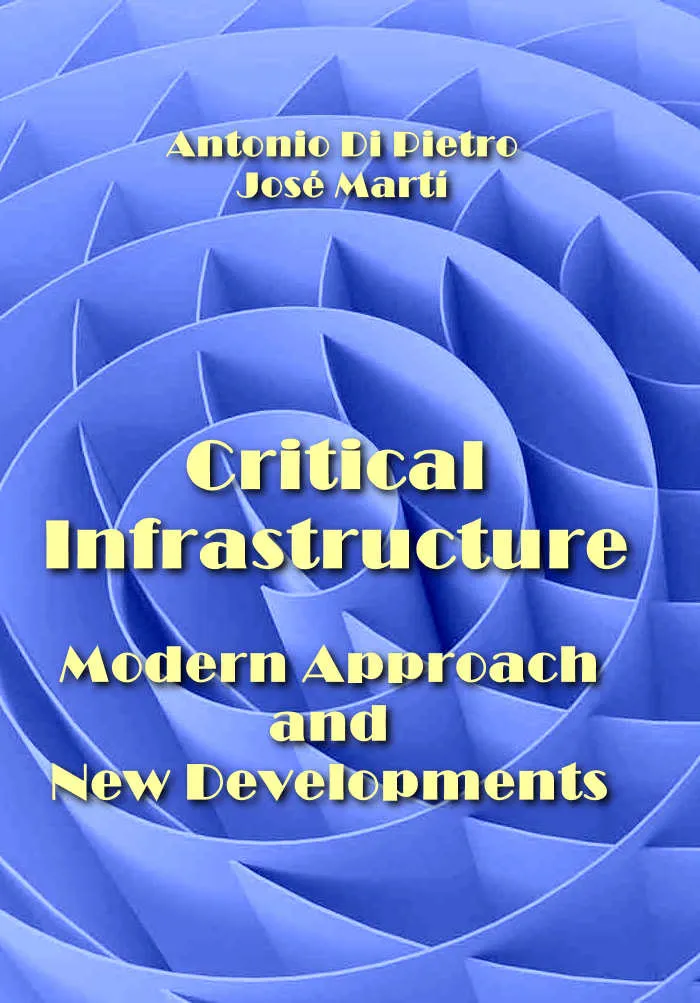"Critical Infrastructure: Modern Approach and New Developments" Antonio Di Pietro, José Martí
ITexLi | 2024 | ISBN: 1837681082 9781837681082 1837681074 9781837681075 1837681090 9781837681099 | 108 pages | PDF | 8 MB
ITexLi | 2024 | ISBN: 1837681082 9781837681082 1837681074 9781837681075 1837681090 9781837681099 | 108 pages | PDF | 8 MB
This volume reviews recent insights from risk identification and reduction to preparedness and financial protection strategies and proposes new approaches for better critical infrastructures (CIs) and built environment protection.
Modern critical infrastructures (CIs) (e.g., electricity, water, transportation, telecommunications, and others) form complex systems with a high degree of interdependencies from one CI to the others. Natural disasters (e.g., earthquakes, floods, droughts, landslides, and wildfires), humanmade disasters (e.g., sabotage and terrorism), and system faults (due to structural and equipment failures) will affect not only the directly impacted CI but all interdependent CIs. Risk assessment, therefore, has to be done over the entire system of CIs and should also include the social and personal impacts. According to a 2022 report, 80% of cities have been affected by significant climate change hazards represented by extreme heat (46%), heavy rainfall (36%), drought (35%), and floods (33%). The impacts of climate change, therefore, affect the complex system of the built environment and result in interrelated consequences at different scales ranging from single buildings to urban spaces and territorial infrastructures. Since it is not possible to reduce the severity of natural hazards, the main opportunity for lowering risk lies in reducing vulnerability and exposure. Vulnerability and exposure are related to urban development choices and practices that weaken the system’s robustness.
Contents
1. Critical Infrastructure – Modern Approach and New Developments
2. Resilience of Infrastructures and Systems to Multiple Hazardous Events: Application Cases and Future Perspectives
3. An Open-Data-Based Methodology for the Creation of a Graph of Critical Infrastructure Dependencies at an Urban Scale
4. Science Gateways and AI/ML: How Can Gateway Concepts and Solutions Meet the Needs in Data Science?
5. Providing Sustainable Transport Infrastructure through Internalization of External Costs: A Case Study from South-Eastern European Countries
6. Roadmap to a Holistic Highway Digital Twin – A Why, How, and Why Framework
1st true PDF with TOC BookMarkLinks
More : You find here



